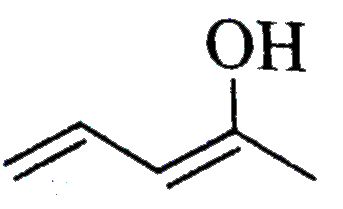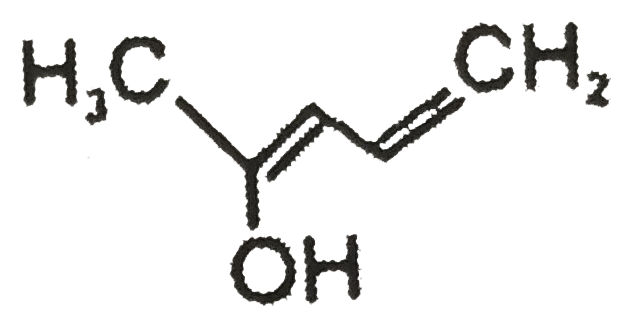Resonating structures of a chemical species have no real existence.
The correct Answer is:True
Step-by-Step Solution:
1. Understanding Resonating Structures:
- Resonating structures are different ways of representing the same molecule. They are not actual structures that exist in reality but rather theoretical constructs that help chemists understand the distribution of electrons in a molecule.
2. True or False Statement:
- The statement "Resonating structures of a chemical species have no real existence" is True. This is because these structures are merely representations to illustrate how electrons are distributed in a molecule.
3. Example of Resonating Structures:
- Take carbon monoxide (CO) as an example. It can be represented by several resonating structures:
- Structure 1: A triple bond between carbon and oxygen with a lone pair on carbon.
- Structure 2: A double bond between carbon and oxygen with two lone pairs on oxygen and one lone pair on carbon.
- Structure 3: A single bond between carbon and oxygen with three lone pairs on oxygen and one lone pair on carbon.
- Each of these structures helps to visualize the bonding and electron distribution in CO, but none of them exist independently.
4. Conclusion:
- Resonating structures are useful for understanding the behavior of molecules, but they do not represent real entities. They are simply a way to depict the possible arrangements of electrons.
- Resonating structures are different ways of representing the same molecule. They are not actual structures that exist in reality but rather theoretical constructs that help chemists understand the distribution of electrons in a molecule.
- The statement "Resonating structures of a chemical species have no real existence" is True. This is because these structures are merely representations to illustrate how electrons are distributed in a molecule.
- Take carbon monoxide (CO) as an example. It can be represented by several resonating structures:
- Structure 1: A triple bond between carbon and oxygen with a lone pair on carbon.
- Structure 2: A double bond between carbon and oxygen with two lone pairs on oxygen and one lone pair on carbon.
- Structure 3: A single bond between carbon and oxygen with three lone pairs on oxygen and one lone pair on carbon.
- Each of these structures helps to visualize the bonding and electron distribution in CO, but none of them exist independently.
- Resonating structures are useful for understanding the behavior of molecules, but they do not represent real entities. They are simply a way to depict the possible arrangements of electrons.
Topper's Solved these Questions
- CHEMICAL BONDING AND MOLECULAR STRUCTURE BOOK - CBSE COMPLEMENTARY MATERIALCHAPTER - CHEMICAL BONDING AND MOLECULAR STRUCTURE EXERCISE - MATCH THE COLUMNS
2 Videos
- CHEMICAL BONDING AND MOLECULAR STRUCTURE BOOK - CBSE COMPLEMENTARY MATERIALCHAPTER - CHEMICAL BONDING AND MOLECULAR STRUCTURE EXERCISE - ASSERTION AND REASON TYPE QUESTIONS
5 Videos
- CHEMICAL BONDING AND MOLECULAR STRUCTURE BOOK - CBSE COMPLEMENTARY MATERIALCHAPTER - CHEMICAL BONDING AND MOLECULAR STRUCTURE EXERCISE - FILL IN THE BLANKS
10 Videos
- CHEMICAL THERMODYNAMICSBOOK - CBSE COMPLEMENTARY MATERIALCHAPTER - CHEMICAL THERMODYNAMICSEXERCISE - Hots Questions
3 Videos
Similar Questions
Knowledge Check
Resonating structures of a molecule have:
Aidentical bondingBdifferent bondingCidentical arrangement of atoms and nearly same energiesDtha same number of paired and unpaired electronsResonance structures of a molecule do not have:
AIdentical arrangement of atomsBNearly the same energy contentCThe same number of paired electronsDIdentical bondingResonating structures have same :
AAtomic arrangementsBElectronic arrangementsCTotal chargeDSigma bond



